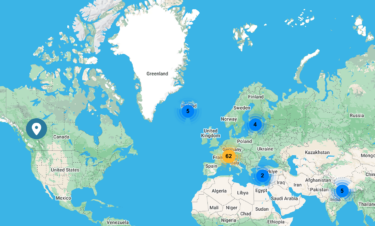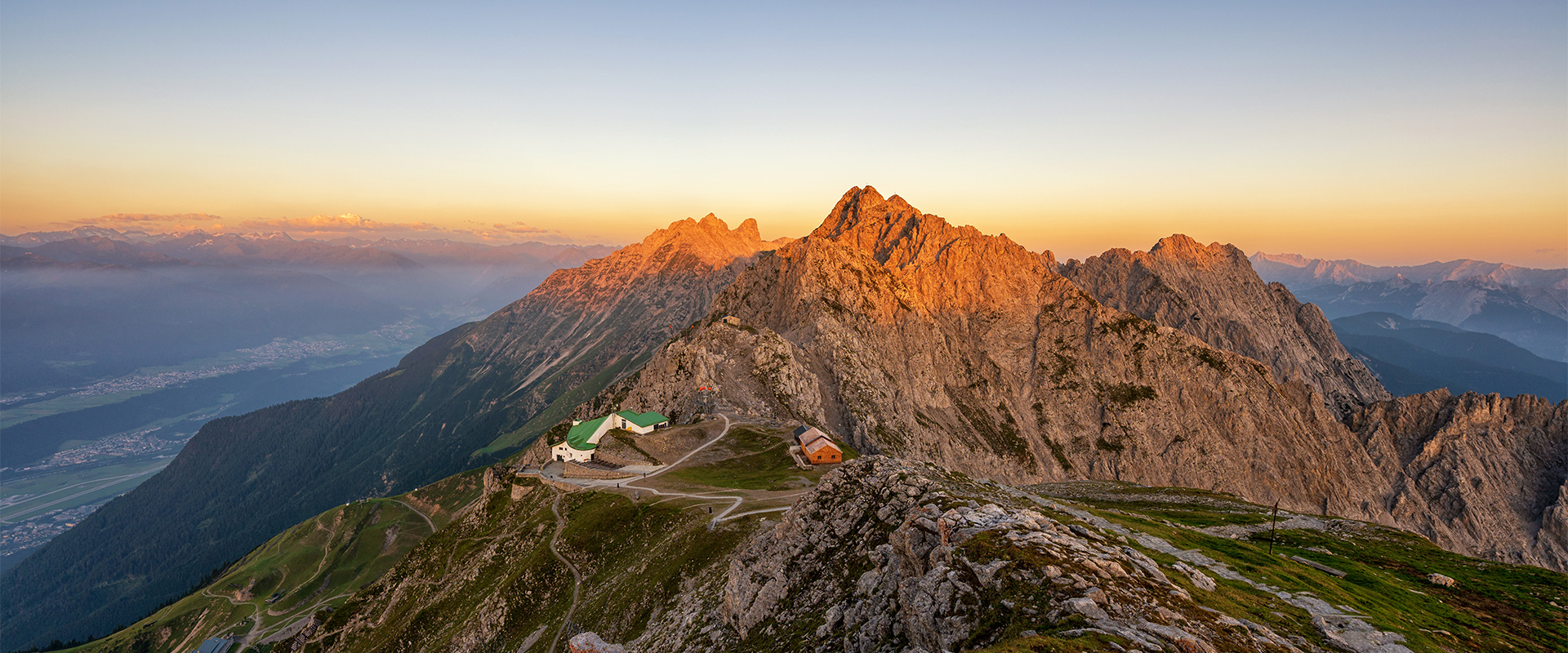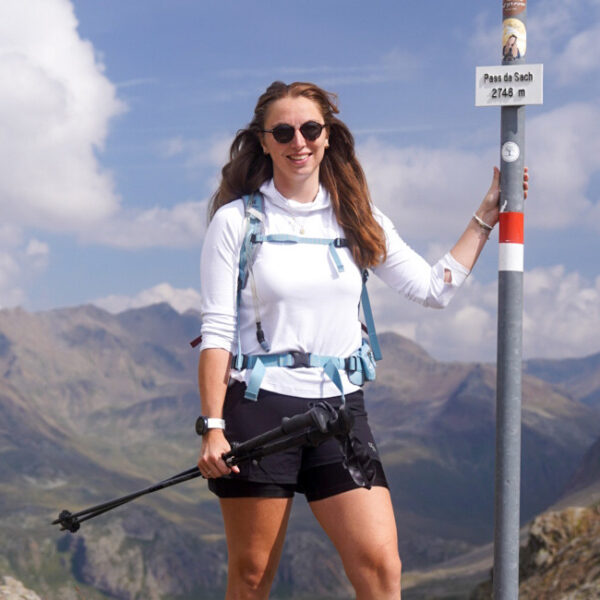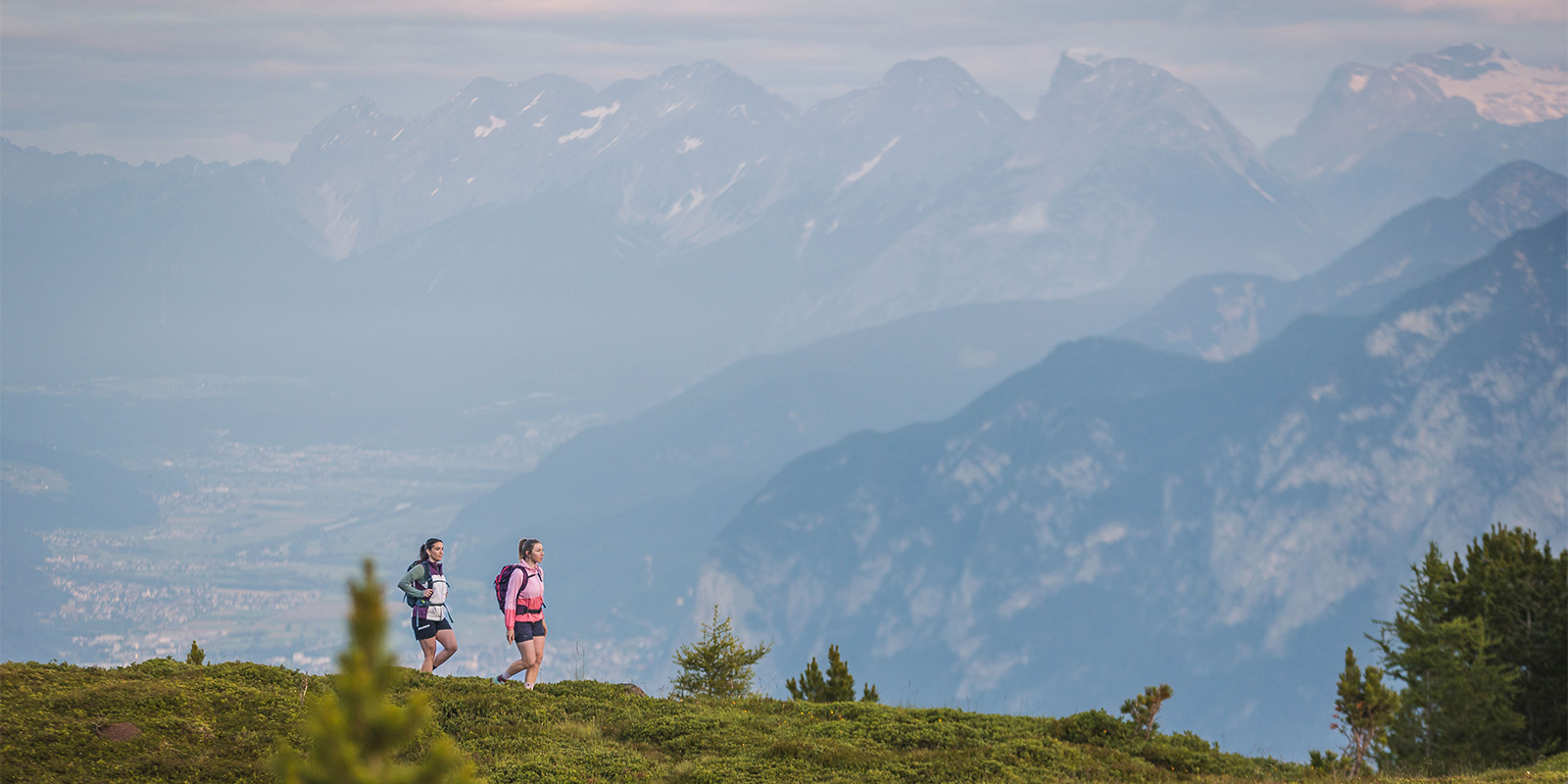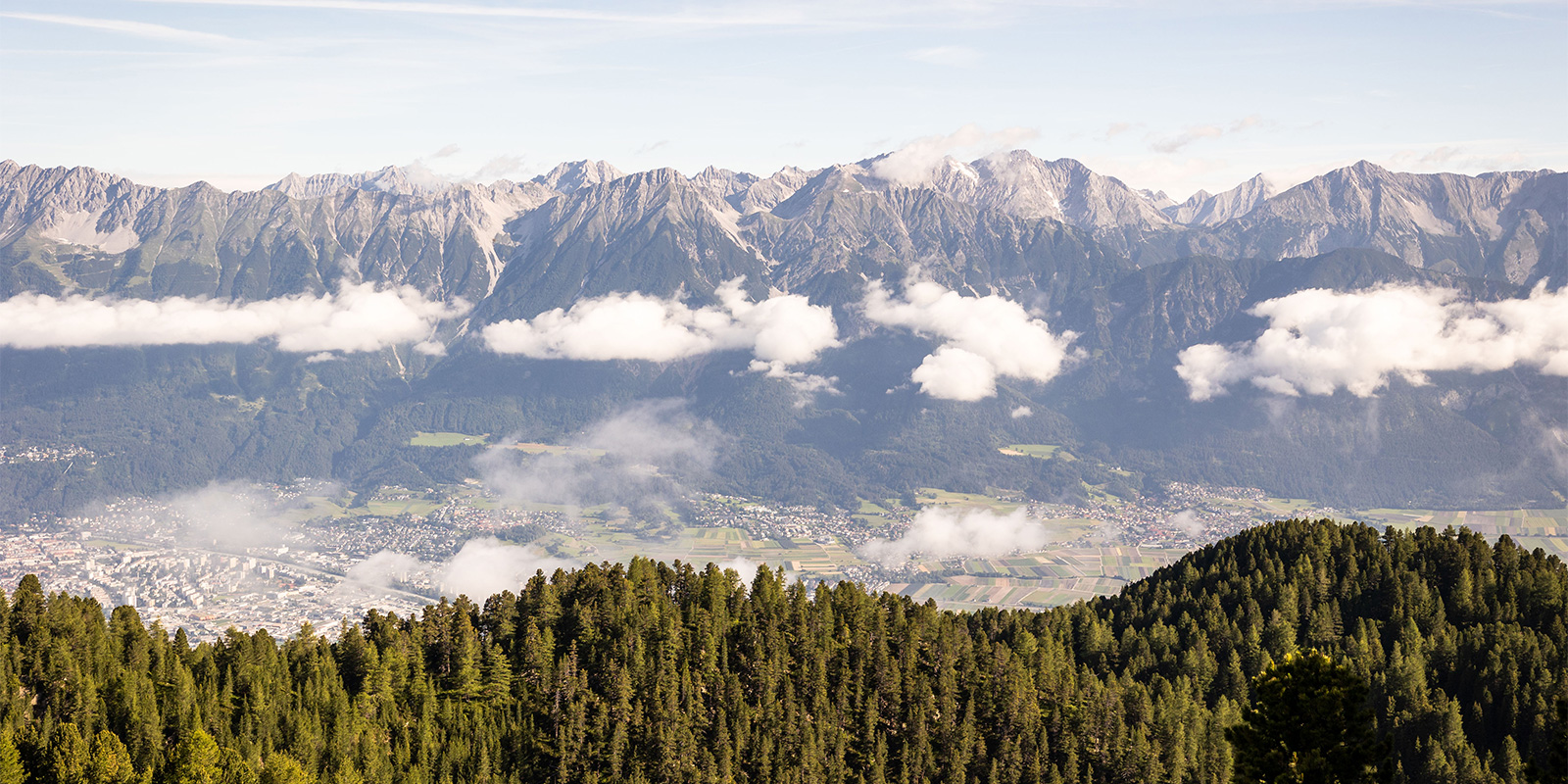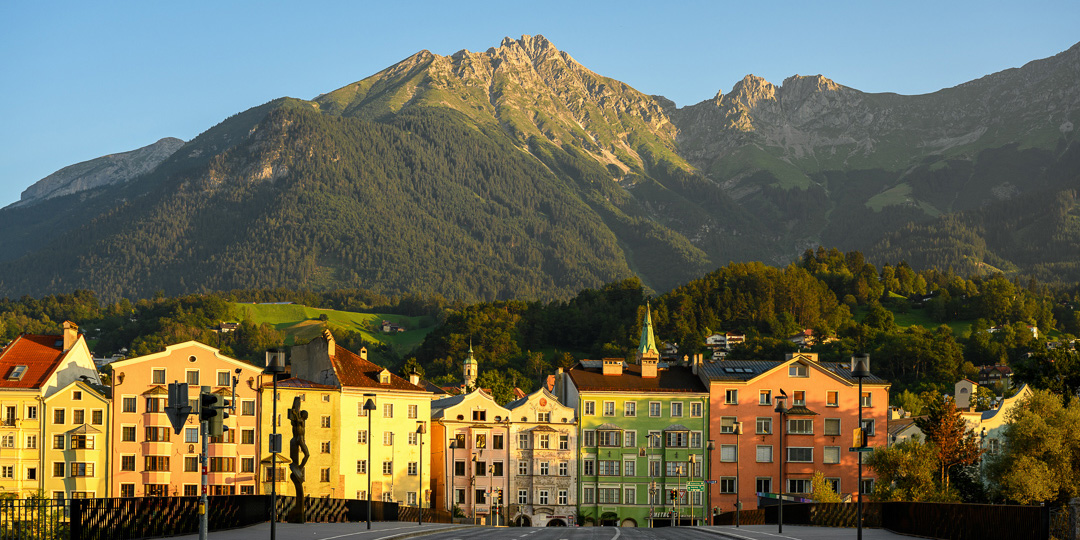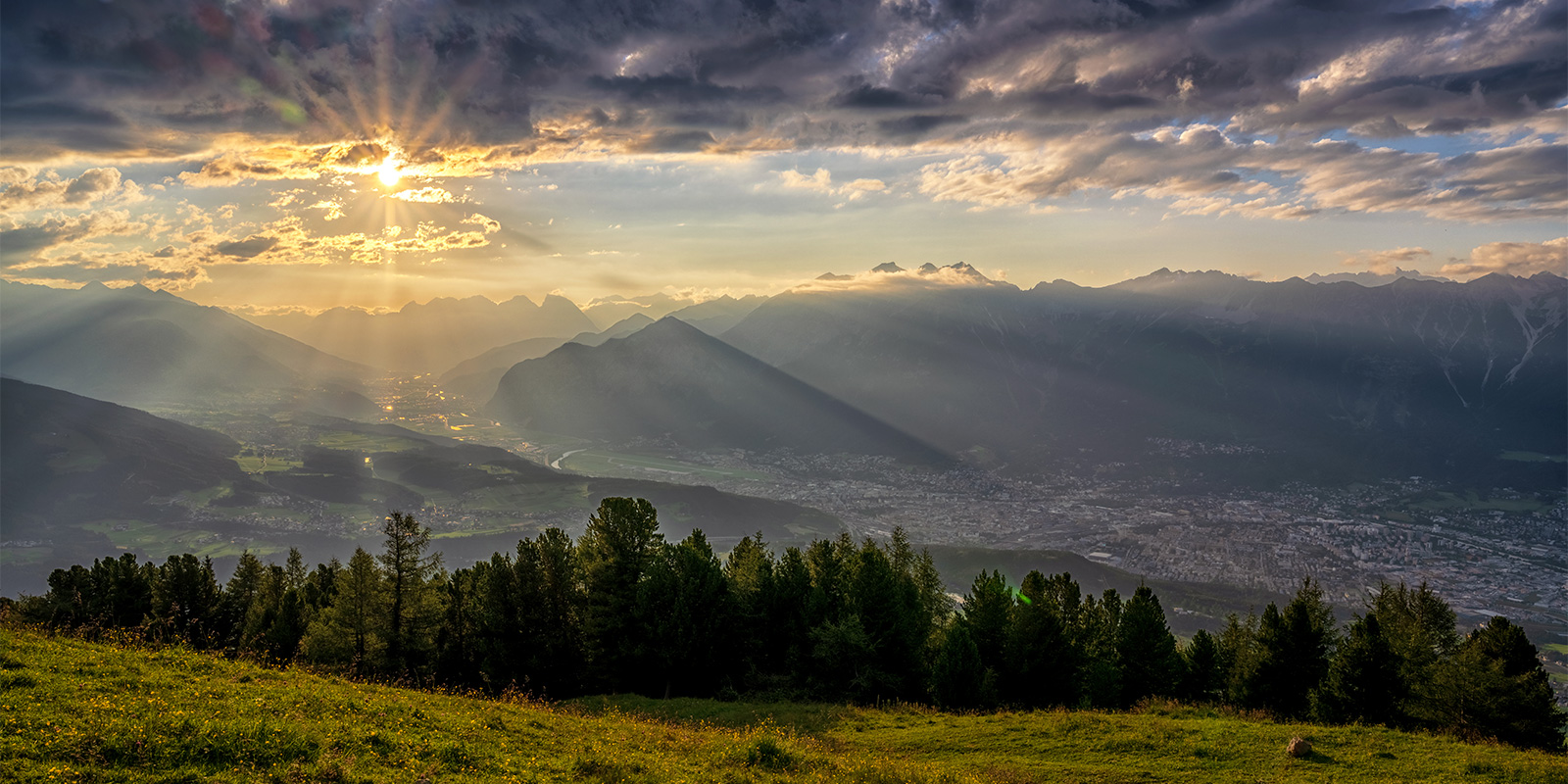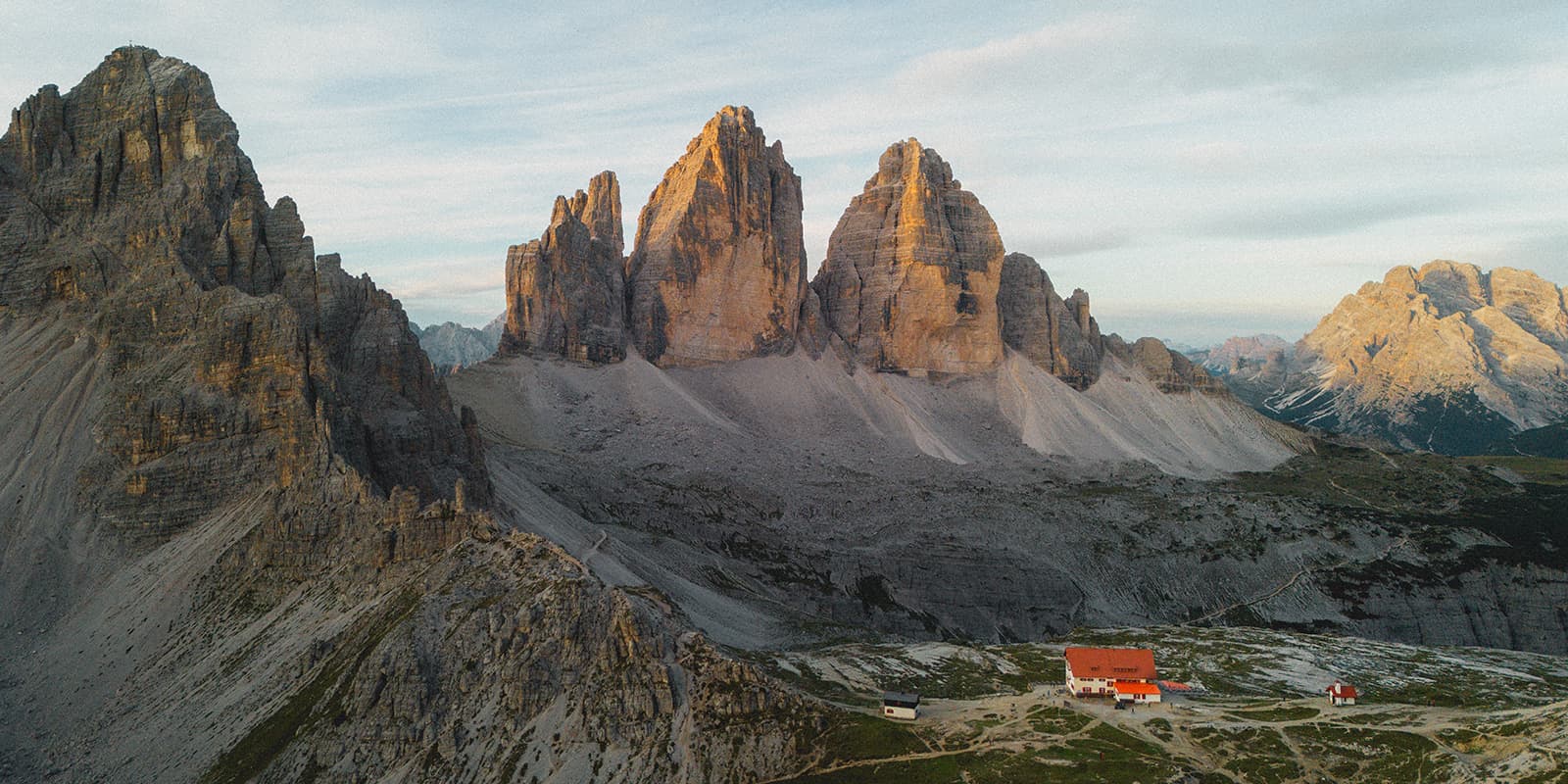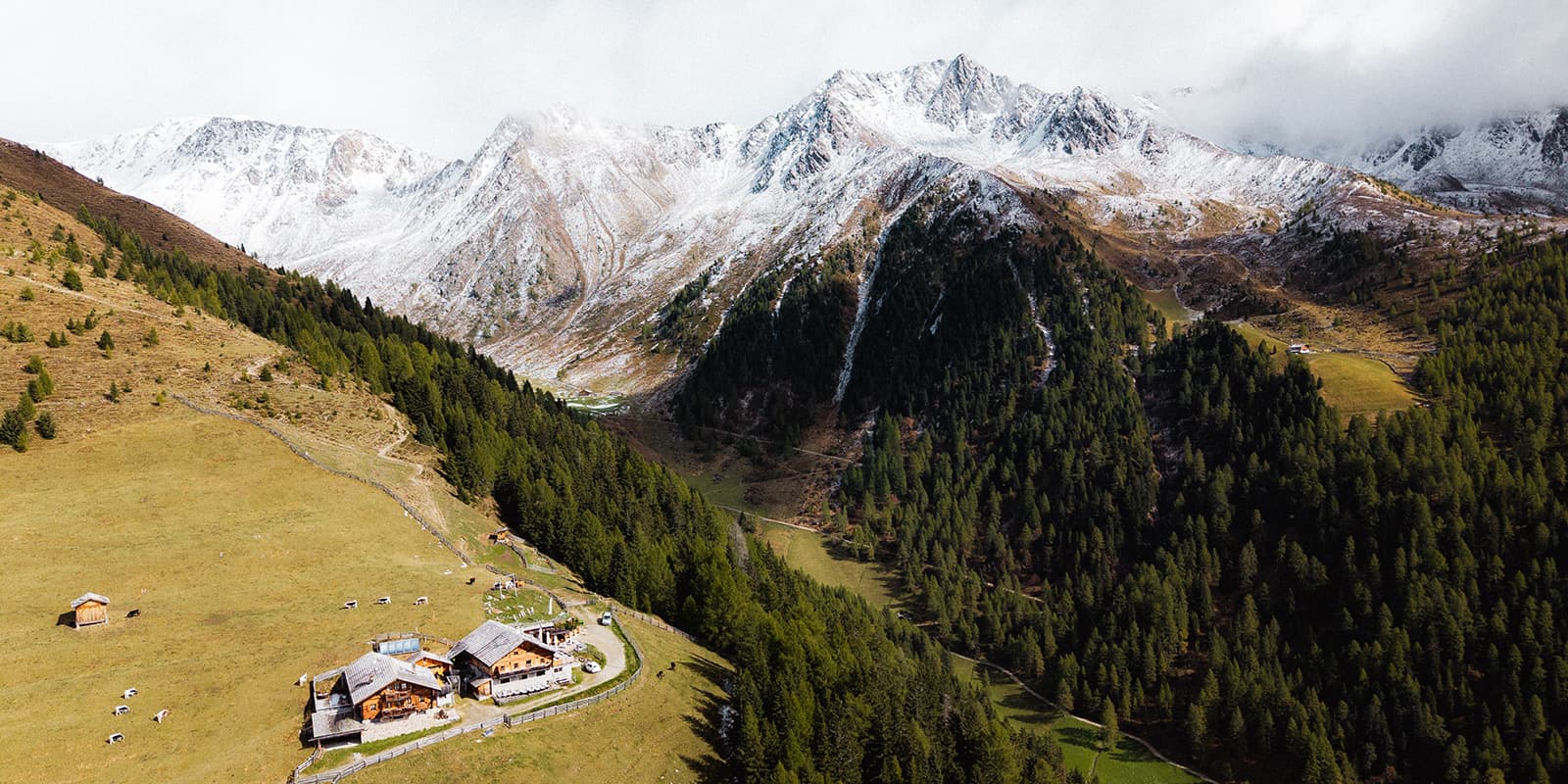The Adlerweg, or Eagle Walk, is an iconic hiking trail in Tyrol. It’s one of the most unique long-distance hiking trails in Austria. With 24 stages and approximately 330 kilometers, the main route starts at Rummlerhof near St. Johann and ends at St. Christoph on the Arlberg Pass. The route, shaped like an eagle in flight, will show you the spectacular landscapes of the Austrian Alps. It’s also known as “The king of the long-distance hiking trails in Tyrol.”
The Adlerweg was created in 2004. At one point, the trail consisted of 126 stages. It became really popular, so everyone wanted to do (parts of) the trail, with many variations. In 2015/2016, the route was completely redesigned and provided with new trail markers. If you want to hike the complete Eagle Walk of 413 kilometers, you also have to go to East Tyrol for another 9 stages, 93 kilometers, and 8000 meters of elevation. Here, you’ll find a description of the main route of 24 stages.


